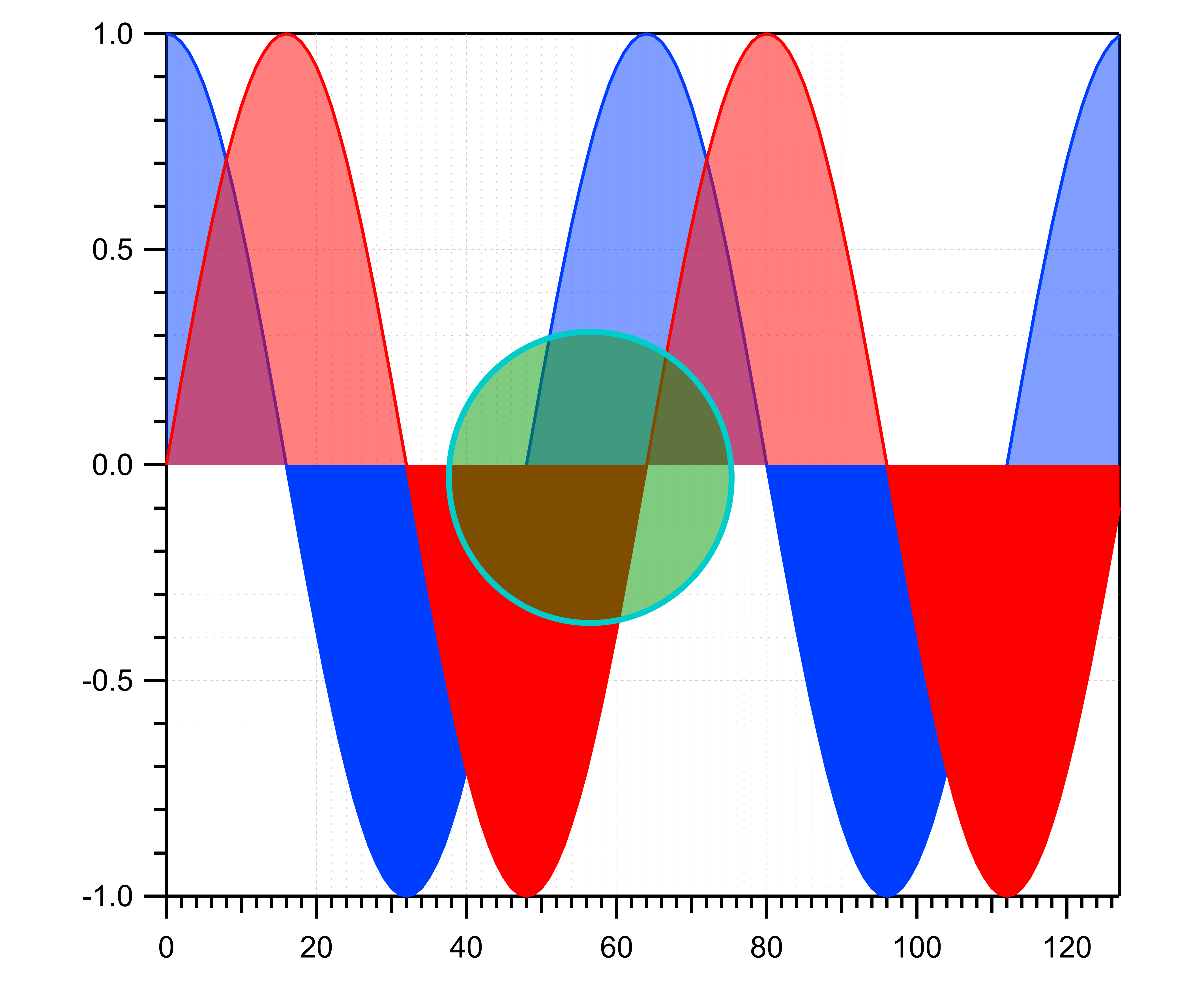

Examples of opaque objects include brick, wood, steel, and bone.įind an object that you think is opaque. Opaque objects do not allow any light to shine through. Opaque objects either reflect light or absorb light. Does the light only partially shine through the object?.Examples of translucent objects include tinted windows, frosted glass, and your finger!įind an object that you think is translucent. When the light is scattered, it appears to only partially shine through the object and will not allow you to see objects on the other side clearly. The light that does shine through translucent objects is scattered. Translucent objects both transmit and reflect light. Examples of transparent objects include glass, certain plastics, and diamonds and other gem stones.įind an object you think is transparent. Usually when you think of transparent objects, you assume that they are clear, yet this is not always the case. Sometimes, the light can be refracted as it shines through the transparent object. Transparent objects are those that allow light to pass through. When talking about the way light reacts to objects, you first need to group all objects into one of three categories: (For more information about sound, check out Aditional Resources in the right-hand sidebar.) Unlike sound waves, light waves pass through objects based on the object's atomic structure, not its state of matter. Have you ever noticed that light travels through some objects, but not through others?.For example sodium chloride, sodium sulphate. The reaction of strong acid and strong base gives neutral salt. The salts that give a neutral solution on mixing and dissolving them with water are known as neutral salts. Three types of salts are neutral, acidic and basic salts. In general, however, salts may be acidic, basic or neutral. … Neutralization of any strong acid with a strong base always gives a neutral salt. The prototype “salt,” of course, is sodium chloride, or table salt. Are all salts neutral?Ī salt may be defined as the product of a neutralization reaction of an acid and a base. Is Thermocol box soft or hard? Name of theMaterial Materials such as wood, stone, and metals are opaque to visible light. Most of the light is either reflected by the object or absorbed and converted to thermal energy. Opaque objects block light from traveling through them.

… Frosted glass, for example, is translucent to visible light. An example of translucent is a frosted glass vase. The definition of translucent is allowing light to pass through but not showing the distinct images on the other side. Translucent: Frosted glass, wax paper, butter paper, smoke.In a hyper-tonic solution the blood is virtually opaque however does allow some light through. In a hypo-tonic solution the blood is completely transparent. In an isotonic solution the blood is opaque. Honey can be clear as water and dark as molasses. Today, it is widely used in the chemical industry. It has also been used in tanning, dyeing and bleaching, and the production of pottery, soap, and chlorine. Salt has long been used for flavoring and for preserving food. … Salt crystals are translucent and cubic in shape they normally appear white but impurities may give them a blue or purple tinge.


 0 kommentar(er)
0 kommentar(er)
